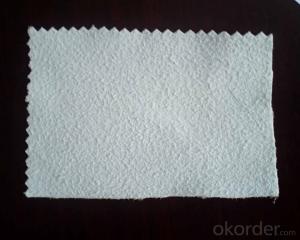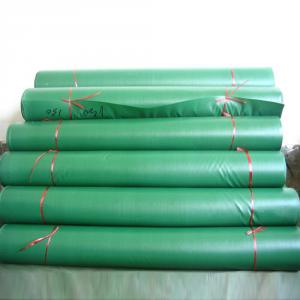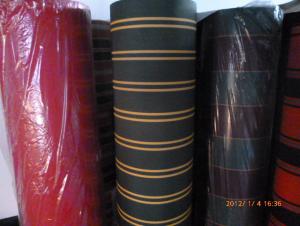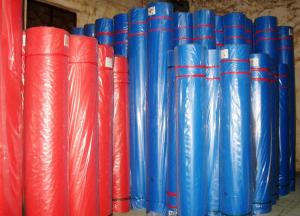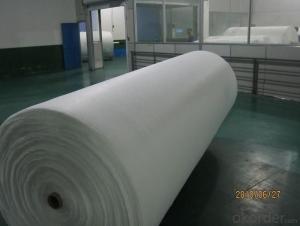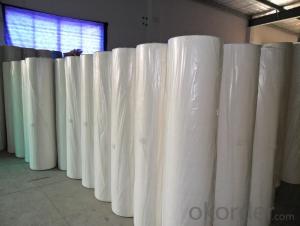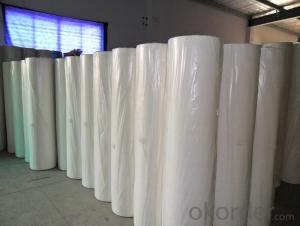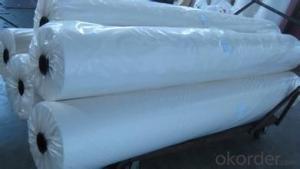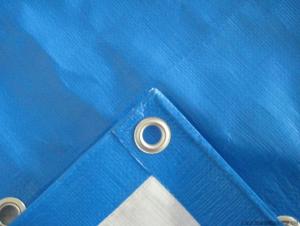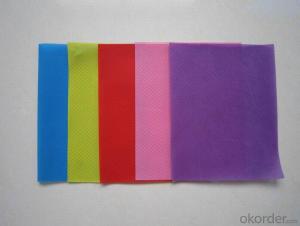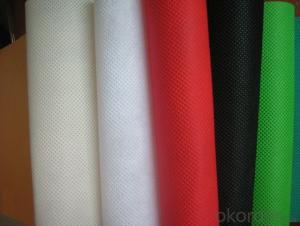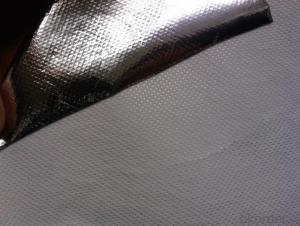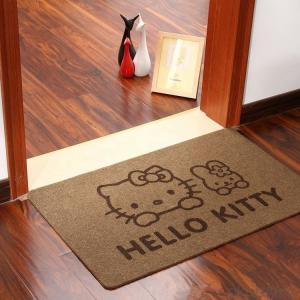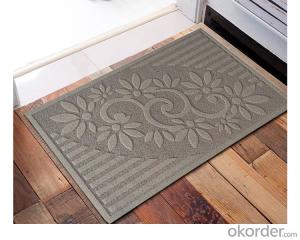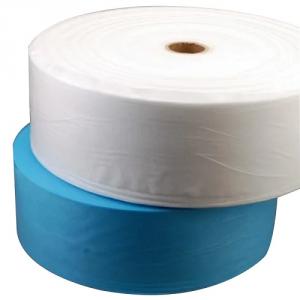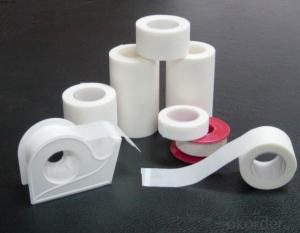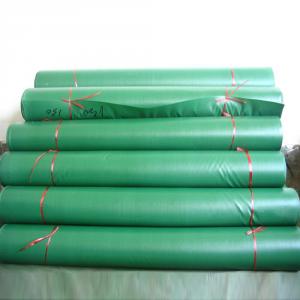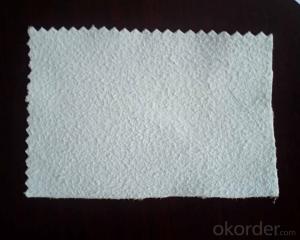Thermal Bonded Nonwoven Fabric for Polyester Wadding/Padding
- Loading Port:
- Shanghai
- Payment Terms:
- TT OR LC
- Min Order Qty:
- 1000 kg
- Supply Capability:
- 100000 kg/month
OKorder Service Pledge
OKorder Financial Service
You Might Also Like
Eco-friendly Polypropylene PET Spunbond Non-woven Fabrics Made in China
Our products have been widely used in the field of medical& sanitary, industry &agriculture, and construction &daily-used products such as agriculture plant covers, roof waterproof materials, disposable items for medical and industrial applications, liners for furniture, lining in cases,apparel, warm facilities, bedding products, sofas, packing materials, packing material land mulriple cloth shopping bags, suits and garment covers, Industrial protective coveralls, garment accessory materials, bed articles, medical and sanitary articles as well.

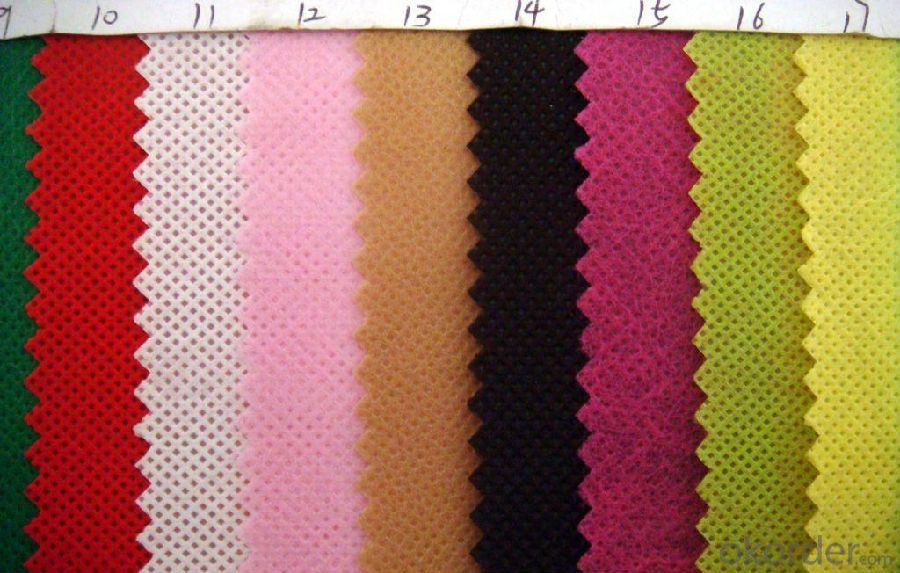
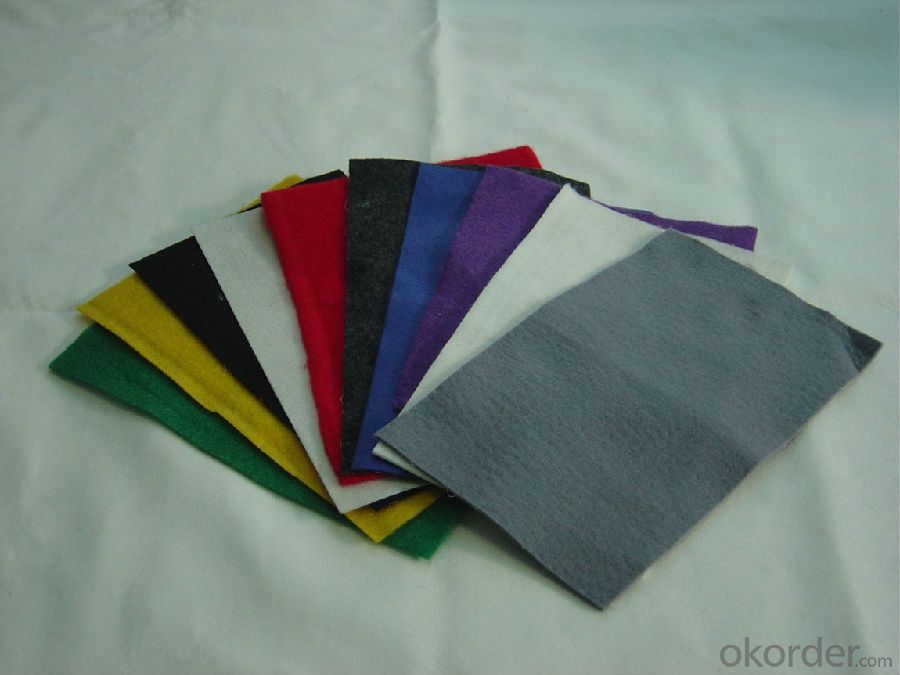
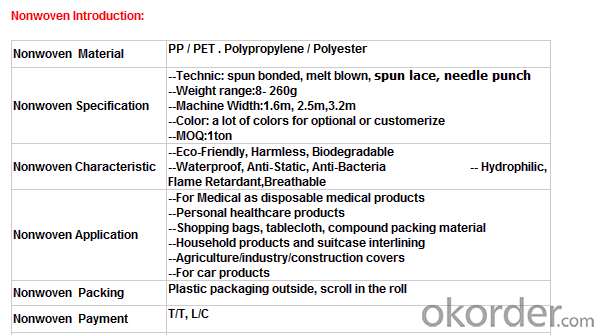
Our Service:
Within 24 hours reply ;
Well-trained and experienced staffs in English;
OEM & ODM , Customized are warmly welcomed , or design for you ;
Protecting customer’s privacy and profits;
Make sure the quality is approved , or we pay the return or remake them at once .
Nonwoven Advantage:
1. Light: Polypropylene is the main raw material; specific gravity is 0.9, is only third five, fleecy and touches well.
2. Flexibility: made up of microfiber (2-3D), dot by dot thermo-melt formed. Flexibility of products is suitable, comfortable.
3. Water resistance and breathability: slices of Polypropylene and finished products resist water, breathable and easy to maintain and wash.
4. Non-toxic, non-irritating: made of materials which catch up FDA standard, without other chemical composition, stable, non-toxic, no smell, safe for sensitive skin.
5. Anti-bacterial, anti-chemical: Polypropylene is blunt chemical substances can protect in liquid from bacterial and insects; antibacterial, alkali corrosion, erosion and the finished product will not affect sensitive skin.
FAQ:
Q: What standards are you carrying out for your products?
A: We produce according to the ISO9001 and ISO14001 rules.
Q: How to install the machine?
A: We will arrange 1~2 engineers to your factory to guide installation and assembly.
Q: What’s your international market?
A: We Have exported to about 40 countries and regions all around the world, such as, the USA, France, Singapore, Australia, Middle East, Brazil, Peru and so on.
Q: Do you sell steel shot or steel grit which can be uses in shot blasting machine?
A: We have four production lines for steel shot and steel grit production, one work shop for steel cut wire shots, and one workshop for stainless steel shot and Aluminium shot and so on.
Q: Do you have the right to export?
A: Yes, we registered in the Customs and gained the right to export by ourselves.
- Q:The difference between double distribution and processing in textile fabrics
- Double distribution - that is, fabric fabric is where you specify, they buy, processing, and then sold to you.
- Q:What are the products produced by the textile mill?
- From the processing of the process, said: basically the fiber - yarn - line - cloth. Yarn is divided into weaving yarn, knitting yarn. Chemical fiber yarn is sprayed with spinneret. Cloth is divided into woven fabrics, knitted fabrics, finished dyeing and finishing yarn weaving and so on.
- Q:Textile enterprises to operate the project: processing and production are different?
- And production from the beginning of raw materials, such as from the thread to the weaving, made of cloth and then made into clothes.
- Q:The Development of Textile Industry
- From the international environment, the international market is still a large expansion of space and opportunities. With the end of 2007, China and the EU textile limit expires, the end of 2008 the end of the Sino-US textile quota limit, the Chinese textile quota era is approaching, accounting for more than 60% of the global textile market share of the region fully open, will bring to China's textile trade Great opportunity.
- Q:What is eco textile?
- Eco-textiles are those that are made of raw materials that are harmless or less harmful to the surrounding environment and are harmless to human health. Eco-textile content 1. Production ecology
- Q:Textile industry belongs to the first few industries
- The tertiary industry refers to the industry that does not produce the material product, that is, the service industry.
- Q:China is now optimistic about which one of the textile industry
- Advanced geotextile complete sets of production technology and industrial wide high-strength technology-based geotextile, geogrid, waterproof membrane and other high-grade multi-functional geotextile composite materials production and application.
- Q:What is the earliest textile raw material?
- Chinese ancient textile, the use of hemp, silk, wool, cotton fiber as raw material, spinning (spinning sand, performance, reeling) processed into yarn after weaving (woven) and woven fabric, usually called textile
- Q:What are the problems with the transformation and upgrading of the processing trade of textile enterprises?
- To ensure the stable development of the textile industry at the same time, speed up structural adjustment, promote industrial upgrading. Planning on the one hand based on the current, with a series of policies to ease the pressure on textile enterprises; the other hand, focusing on long-term, and actively promote the textile industry to speed up structural adjustment and industrial upgrading pace.
- Q:What is the anti-perspiration finishing of textiles?
- Anti-perspiration finishing of textile and we often say that the perspiration fastness is completely different concept, the anti-perspiration finishing of textiles in the printing and dyeing plant on the side of the fabric side of the hydrophilic side of the waterproof processing, at the same time, the hydrophilic surface of the fabric after the hydrophilic , The corresponding waterproof surface can not see the watermark.
1. Manufacturer Overview |
|
|---|---|
| Location | |
| Year Established | |
| Annual Output Value | |
| Main Markets | |
| Company Certifications | |
2. Manufacturer Certificates |
|
|---|---|
| a) Certification Name | |
| Range | |
| Reference | |
| Validity Period | |
3. Manufacturer Capability |
|
|---|---|
| a)Trade Capacity | |
| Nearest Port | |
| Export Percentage | |
| No.of Employees in Trade Department | |
| Language Spoken: | |
| b)Factory Information | |
| Factory Size: | |
| No. of Production Lines | |
| Contract Manufacturing | |
| Product Price Range | |
Send your message to us
Thermal Bonded Nonwoven Fabric for Polyester Wadding/Padding
- Loading Port:
- Shanghai
- Payment Terms:
- TT OR LC
- Min Order Qty:
- 1000 kg
- Supply Capability:
- 100000 kg/month
OKorder Service Pledge
OKorder Financial Service
Similar products
New products
Hot products
Related keywords
